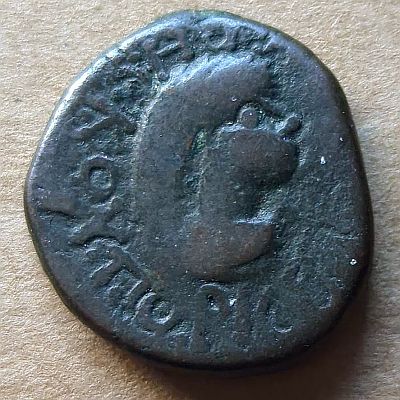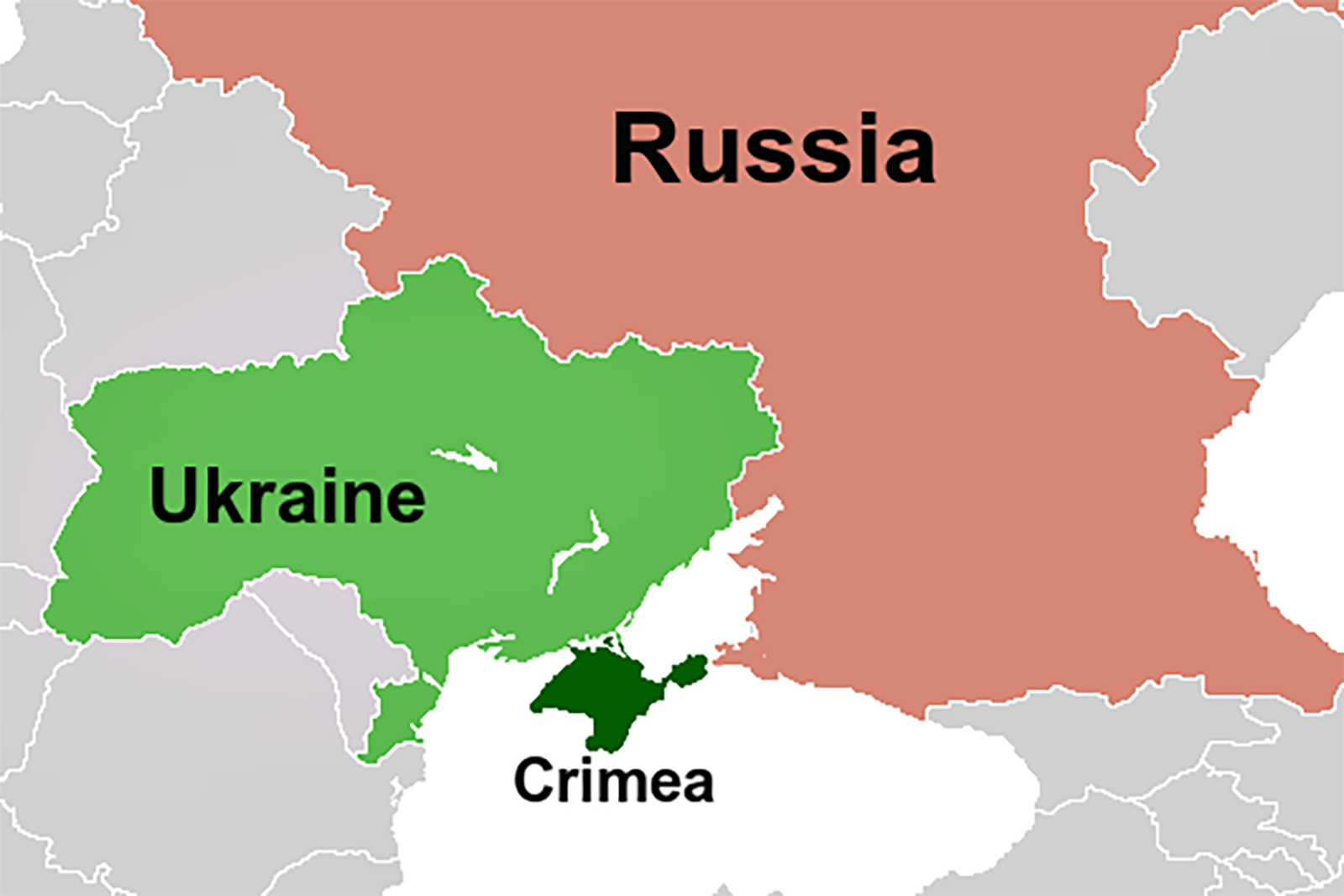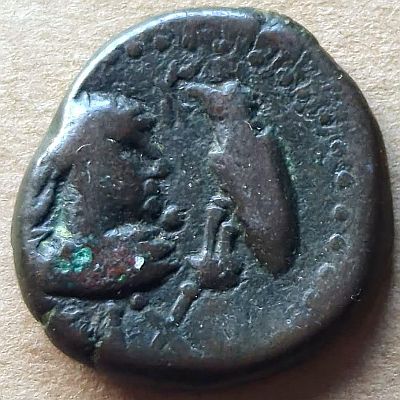The longest surviving Roman client kingdom

Due to the ongoing situation between Ukraine and Russia over Crimea, most people have a bit of an idea where it is. Here is a map from the Balsille School of International Affairs:

Several thousand years ago, the territorial borders looked a lot different (courtesy Greek City Times):

The Borsporan Kingdom or the Cimmerian Bosporus. The region was colonised by the Greeks in the 5th century B.C. and populated by a series of nomadic tribes. In the late 2nd century BC, it fell under the control of the Kingdom of Pontus, and then became a client state of the Roman Republic followed by the Roman Empire. A client state is a country (a Kingdom in this case), which has varying amounts of autonomy, but is technically ruled by another country. The Bosporan Kingdom could be said to be the first truly “Hellenistic” state – in the sense of one in which a mixed population adopted the Greek language and civilization. It was also the longest lived Roman client states, lasting until sometime between the mid 4th century and the 6th century A.D.. The last coins of Rhescuporis VI, issued in 341 A.D. are the last known coins of the Kingdom, although there is an inscription by a Bosporan ruler named Douptounos from 483 A.D. The Kingdom is traditionally believed to have been destroyed by the Goths and the Huns, later becoming part of “Old Great Bulgaria“.

The obverse (first image) of my coin features the bust of Rhescuporis V. The reverse features Roman Emperor Licinius I with an eagle. WildWinds

I must admit, I do find the obverse of my coin interesting, in that, at first glance, it appears to be a face, but not quite in the way it was originally depicted.


Leave a Reply